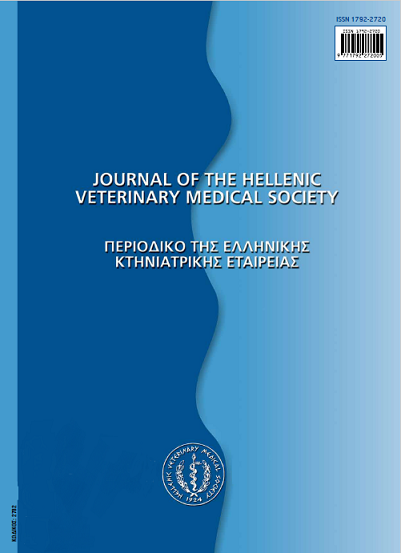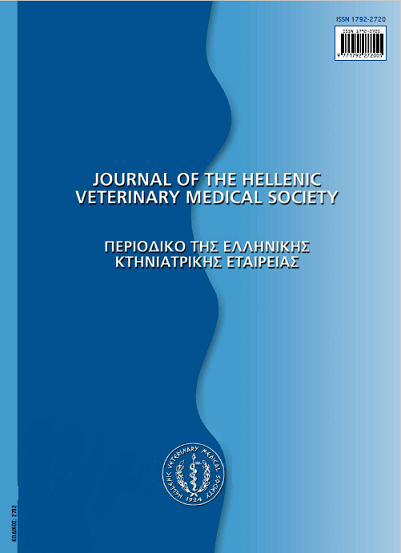Current concepts in the diagnosis of pancreatitis in dags and cats
Abstract
Pancreatitis is the most common disorder of the exocrine pancreas in both dogs and cats. Ante-mortem diagnosis of pancreatitis can be challenging and the majority of cases is believed to remain undiagnosed. Complete blood count, serum biochemistry profile and urinalysis should always be performed in dogs and cats suspected of having pancreatitis, although findings are non-specific for pancreatitis. Abdominal ultrasonography is very useful for the diagnosis of pancreatitis, although the diagnostic utility depends largely on the clinician's experience. Abdominal radiography is a useful diagnostic tool for the exclusion of other diseases that may cause similar clinical signs to those of pancreatitis. Computed tomography has not been shown to be useful for the diagnosis of canine or feline pancreatitis and thus it cannot be recommended. Histopathologic examination of the pancreas is the only method to definitively diagnose pancreatitis, but exclusion of the disease is difficult. Serum amylase and lipase activities are of no clinical value in cats and should not be used for the diagnosis of pancreatitis in this species. In dogs, these tests may still have some clinical utility as an initial approach to animals with suspected pancreatitis. Due to its low sensitivity, serum TLI concentrations are considered of limited usefulness in diagnosing pancreatitis in dogs and cats. Finally, serum PLI concentrations are currently considered to be the most sensitive and specific test for the diagnosis of canine and feline pancreatitis.
Article Details
- Come citare
-
XENOULIS (Π.Γ. ΞΕΝΟΥΛΗΣ) P. G., & STEINER, J. M. (2017). Current concepts in the diagnosis of pancreatitis in dags and cats. Journal of the Hellenic Veterinary Medical Society, 57(2), 157–164. https://doi.org/10.12681/jhvms.15026
- Fascicolo
- V. 57 N. 2 (2006)
- Sezione
- Review Articles
Authors who publish with this journal agree to the following terms:
· Authors retain copyright and grant the journal right of first publication with the work simultaneously licensed under a Creative Commons Attribution Non-Commercial License that allows others to share the work with an acknowledgement of the work's authorship and initial publication in this journal.
· Authors are able to enter into separate, additional contractual arrangements for the non-exclusive distribution of the journal's published version of the work (e.g. post it to an institutional repository or publish it in a book), with an acknowledgement of its initial publication in this journal.
· Authors are permitted and encouraged to post their work online (preferably in institutional repositories or on their website) prior to and during the submission process, as it can lead to productive exchanges, as well as earlier and greater citation of published work.




